American Headache Institute
Head, Neck, & Facial Pain
Treatment Centers
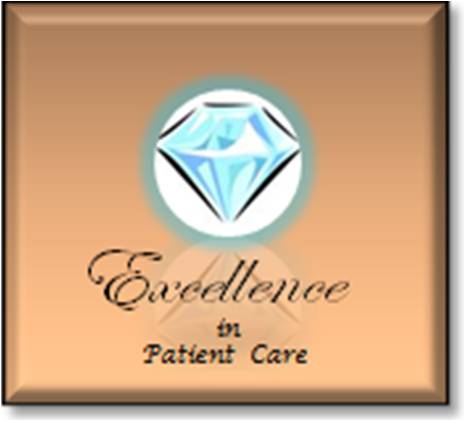

Treatment - Posture Correction

D. Biondi, DO Cervicogenic headache: Diagnostic evaluation and treatment strategies “Of 50 migraine patients 64% reported neck pain associated with their migraine attack, with 93% experiencing neck symptoms during the headache phase. Differences in neck posture and pronounced levels of neck muscle tenderness were observed in subjects with migraine, tension-type headach, or a combination of both, but not in a non-headache control
group”.
(Pain Management Rounds
Harvard Medical School &
Massachusetts General
Hospital 2004; vol. 1, issue 8).
2. POSTURE CORRECTION
While performing a single pain-relieving exercise (PREP) starts the relief process, the pain-relieving positions we instruct maintain it.
Our job is to meticulously find, and individually teach, pain relieving positions for each patients’ head and neck when sitting, standing, walking, driving, and sleeping. Maintaining these positions (posture correction) throughout the day is the patient’s job. Together, the regular PREP and newly discovered posture corrections bring significant relief that lasts throughout the day and night.
B. Mark, DDS, Cervicogenic headache differential diagnosis and clinical management: literature review.
“With a forward head posture, there is a posterior rotation of the cranium on the cervical spine causing compression of the trigeminal spinal tract, which can give rise to facial or head pain
separate from trigger points”.
(J Craniomandibular Practice
1990; 8:332-338).
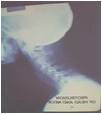
N. Bogduk, PhD Anatomy and Physiology of
Headache: “Cervicogenic headache is characterized
by pain referred to the head from the cervical spine.
Muscles, joints and ligaments of the upper 3 cervical segments have been shown to be capable of causing Headache”.
(Biomed & Pharmacother 1995;49:435-45).
We have seen the
“forward head” posture
as the #1 cause of headache, TMJ, & facial pain caused by the neck.
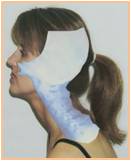
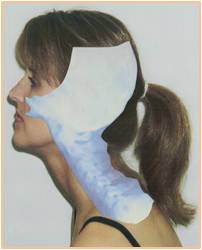
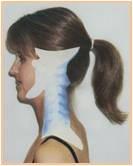
Increased
Compression
Decreased
Compression
Increased
Strain
Decreased
Strain
P. J. Goadsby, MD, PhD. Editor and Chief of the
journal Cephalalagia, Anatomy and physiology of pain referral patterns in primary and cervicogenic
headache disorders. “Upper neck muscles, joints,
ligaments, and discs are established sources of
pain referred to the head, face, and mandible
(jaw). Headache of cervical origin and migraine types often show similar clinical presentations”.
(Headache Currents 2005;10:42-48).
Positioning the head
back over the shoulders is the
key to relief.
OUR RESEARCH SUPPORT
(Direct Quotes)
Workplace
Your head is
like a bowling
ball sitting on a
pedestal. When It
is forward, the
pressure in your
lower neck is
300%
greater!
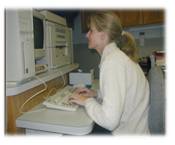
R. Gallagher, MD, Cervicogenic Headache; A special report. “Assisting the patient to identify and avoid repetitive movements such as nonphysiologic reading positions or computer screen positioning can be helpful”.
(Expert Rev. Neurotherapeutics
2007;7(10) 1279-83).
Computer Reading

As many medical studies now report (right column), sedentary positions
in the workplace are a cause of
pain. The common head &
neck posture in sedentary
positions is the
“forward head”.
Awkward positions
strain pain sensitive
tissues in both the
upper & lower
neck
Children
were proven
to experience
neck & head pain
From prolonged
Sitting positions
S. Haldeman, MD, PhD, DC. Neck Task Force Report
“In the workplace, sedentary work position and repetitive work increased the risk of
neck pain”.
(Spine 2008;33:4S,S1-S220)
A. Alipour, MD, Four-year incidence of sick leave because of neck and shoulder pain and its association with work and lifestyle. “In the final regression model for sick leave cases, the physical risk factors were, repetitive work and sitting positions at work”.
(Spine 2009;34:413-18).
D. Rempel, MD, A randomized controlled trial evaluating the effects of new task chairs on shoulder and neck pain among sewing machine operators. The Los Angeles Garment Study.
“The study findings demonstrate that an
adjustable height task chair can reduce neck and shoulder pain”.
(Spine 2007;32:931-38).
R. Gallagher, MD, Cervicogenic Headache; A special report. “Assisting the patient to identify and avoid awkward positions can be helpful”.
(Expert Rev. Neurotherapeutics 2007;7(10) 1279-83).
J. Auvinen, BM Neck and shoulder pains in relation to physical activity and sedentary activities in adolescence. CONCLUSION: “Neck or occipital (back of the head) pain and shoulder pain are very common symptoms among adolescents, and both prolonged sitting and a high level of physical activity seem to be related to them”.
(Spine 2007;32:1038-44).








OUR RESEARCH SUPPORT
(Direct Quotes)
Call Us
(248) 841-1543
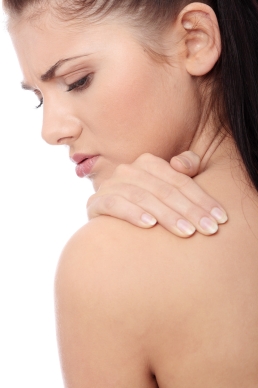
Thought of your neck?
We have!